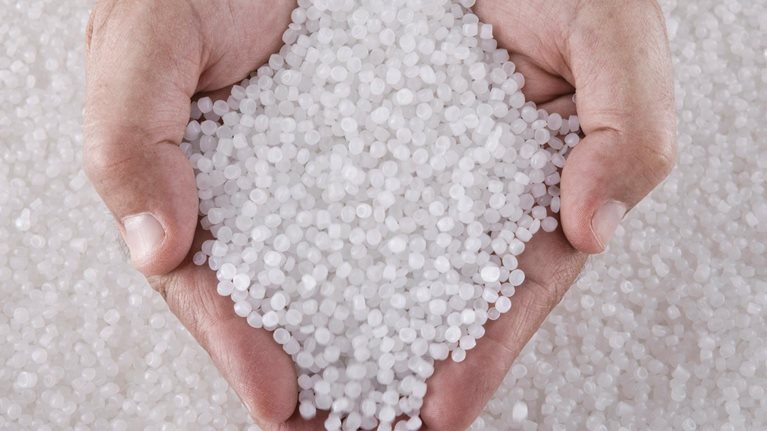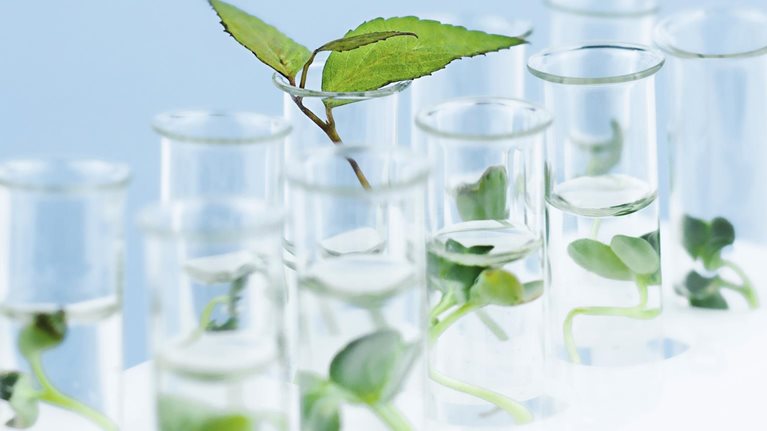Over the past few years, we have published more than 15 articles on the topic of packaging sustainability. Across this body of work, we have sought to convey a consistent message: no single packaging substrate (for example, plastic, glass, metal, or paper) is an absolute leader across every attribute of packaging sustainability, and all substrates have both positive and negative attributes that vary by sustainability dimension, application, and region.
Critical topics in packaging sustainability include carbon footprints, circularity (recyclability and recycled content), and environmental leakage (especially reducing plastic waste). This report focuses narrowly on the carbon footprints of various types of plastics. For a broad perspective on packaging sustainability and the trade-off of plastic substrates, we encourage our readers to review the portfolio of our publications on this topic.
Plastics are ubiquitous across the global economy and the subject of frequent debate, from their impact on marine pollution to their recyclability. However, their role in enhancing use efficiencies, such as decreasing food spoilage and reducing greenhouse gas (GHG) emissions, is often overlooked. Rather, plastics are frequently maligned across topics such as leakage to the environment, toxicity, use of resources, production emissions, and ocean pollution. Although these important considerations need to be addressed, an opportunity exists for a more balanced, science-based perspective on plastics versus alternative materials.
This report examines the total GHG contribution of plastics versus its alternatives, including product life cycle (cradle to grave) and impact of use. Our objective is to contribute to the dialogue on material choice and broaden the available fact base for the evolving discussion around plastics.
Our analysis is based on the United States in 2020, with sensitivities to illustrate the impact in other regions and how results will change as we move toward a decarbonized world in 2050. As part of our methodology, we looked closely at examples from five sectors with the highest consumption of plastics—packaging, building and construction, consumer goods, automotive, and textiles—representing around 90 percent of global plastics volume. We also selected representative applications for which at-scale, viable choices between plastics and alternatives exist today, avoiding niche or new solutions.
Among applications for which nonplastic alternatives are used at scale, the plastics examined in this paper offer lower total GHG contribution compared with alternatives in 13 of 14 cases (exhibit). GHG savings range from 10 to 90 percent, considering both product life cycle and impact of use. In addition, in many applications, particularly those concentrated in food packaging, there are few alternatives to plastics today. In fact, plastics adoption in the near term can help decarbonization efforts in these areas, particularly in terms of food spoilage and energy efficiency, given their lower GHG footprint.

In a low-carbon, high-circularity economy,1 the benefits of plastics relative to materials such as aluminum diminish. Europe may have already achieved such a low-carbon, high-circularity economy, and according to a recent McKinsey report, The net-zero transition: What it would cost, what it could bring, the entire global economy can shift in this direction as industries transition toward a decarbonized world by 2050.
Download the full report on which this text is based, Climate impact of plastics.


